Feature Photo Credit To John W. MacDonald
Katherine Battersby is a fan girl of comics, ice cream, tea and travel. In her spare time she is the president of the Cranky Club and can be found grumbling about bananas, loud music and exclamation marks. She is also the critically acclaimed author and illustrator of eleven picture books and one chapter book, including Cranky Chicken, Trouble and the popular Squish Rabbit series, which have been published around the world. Her books have been reviewed in The New York Times, have received starred Kirkus reviews and have been shortlisted for numerous awards. She is regularly booked to speak in schools, libraries and at festivals and she is a passionate advocate for literacy and the arts.
I had the opportunity to interview Katherine, which you can read below.
First of all, welcome to Geeks OUT! Could you tell us a little about yourself?
Hi – thanks for hosting me on your gorgeous, queer, colourful blog! I am a fangirl of comic books, ice cream, mischief, tea and travel. I am also the author and illustrator of a whole bunch of quirky picture books, like TROUBLE and PERFECT PIGEONS, and I also now get to make my very own comic books (CRANKY CHICKEN is my first!). I grew up by the beach in Australia and now live by the mountains in Canada. I can be found most days either making books, reading books or sharing books with my three year old (and occasionally even my dog).
How would you describe your latest book, Cranky Chicken? Where did the inspiration for the story come from?
CRANKY CHICKEN is a humorous comic book / graphic novel about a very cranky chicken who accidentally saves the life of a super excitable worm. Worm decides they are going to be BFFs – Best Feathered Friends. The book follows their quirky and unlikely friendship across three mini stories.
As for where the idea came from, well … would you believe I’m scared of chickens? Because all chickens are cranky chickens (I was chased by a lot of chickens in my youth). Then one day, during one of my author school visits, I met this tiny girl who was a huge fan of chickens. She told me, “They’re not scary – they’re hilarious!” I couldn’t stop thinking about her, so I decided to spend some more time drawing chickens. CRANKY CHICKEN is what emerged. It turns out we were both right – chickens are cranky and hilarious.
The story itself is inspired by the mischief my best friend and I used to get up to as kids. She was an extrovert who was an only child, so she was always turning up on my doorstep just like Worm – full of excitement and ready to play. Whereas I was an introvert who was part of a big blended family. I never had any time to myself, so I could be a bit of a cranky chicken. Even now we often laugh at how different and yet similar we are. Chicken and Worm are a lot like that, too.
Reading Cranky Chicken, I loved the relationship between the two different personalities, Chicken and Worm. What was it like writing their relationship together?
Chicken was the first character who turned up in my brain and she burst onto the page with that unwavering unibrow. It was clear right from the beginning that she was going to be spectacularly cranky. But she only truly became alive to me when she met Worm. I always find characters most intriguing when you see them in contrast with someone else. When they have someone to react to and bounce off of. So as soon as the two were together on the page, I got a pretty immediate sense of who they were and how, despite their differences (and possibly because of them) they are perfect for each other. I love mismatched friendship tales – maybe because I feel like all my friendships are slightly mismatched. Maybe that’s what friendship is? With my very closest friends I share deep core principles, but there is always so much about us that is different, too (and often quite opposite!). It’s these differences that allow us to challenge each other and provide alternate perspectives and allows for great conversations. Chicken and Worm are just like this, and they are always learning together. These characters are so vivid to me they almost write themselves. They are such a joy to work with.
What would you say are some of your favorite craft elements to work on?
I do love the craft of writing and illustration. All the little decisions and ideas and skills and thoughts that add up to make the magic that is a book. I love talking about it, learning it, teaching it, practising it. I love it all! I think my favourite might be whatever I feel my current weakness is, because I do love a good challenge. Before writing CRANKY CHICKEN, my weakness was dialogue. As soon as I admitted this to myself, my brain threw me the idea for CRANKY CHICKEN. My brain is cheeky like that – of course it went and threw me a dialogue only concept when I felt that was my weakness. So I studied and learned and challenged myself to be better, and I hope I did Chicken and Worm proud!
Could you describe your illustration background in some detail? Like how you got into art and what your art education was like?
As a kid, I always turned to drawing when I was moved by something. It was my way of trying to make sense of a complex world. I loved art all through school and was always known as ‘the girl who draws’. That said, drawing never came as naturally to me as writing. I felt like I could call myself a writer but I was never quite as confident in my art. So when it came to university and deciding what I was going to do with my life, I was too scared to follow my secret goals as an artist and chose something else.
I studied occupational therapy, having always been drawn to working with people (specifically children), and went on to specialise as a paediatric counsellor. I worked in this field for about ten years and I can see now, looking back, that I was kind of becoming a specialist in the hearts and minds of children (something that is really useful now that I make books for kids!). At some point I realised working as an OT wasn’t fulfilling me in quite the way I’d hoped and I turned back to art in my spare time. A friend pointed out that all the art I was making (and the stories I was writing) was clearly for children’s books, which was news to me. Once this was said out loud it was like a door opened up inside me that I didn’t even know was there and very quickly I realised that this was my calling.
After that I did everything I could to make it a reality. I read everything about becoming a children’s book author / illustrator I could find online, attended workshops, wrote and wrote and wrote and drew until my hand was sore. At some point I realised that I needed some formal education in the arts if I was going to break into illustration professionally. There were no illustration degrees where I was living at the time, but there was a great Arts School and an equivalent to a Graphic Design degree. So I enrolled in that (part time as I continued to work) and basically used my electives to pick and choose and create the degree I was hoping for. I managed to make nearly every one of my assignments into some kind of kids book! My first published children’s book, Squish Rabbit, came from a character I designed for one of those assignments.
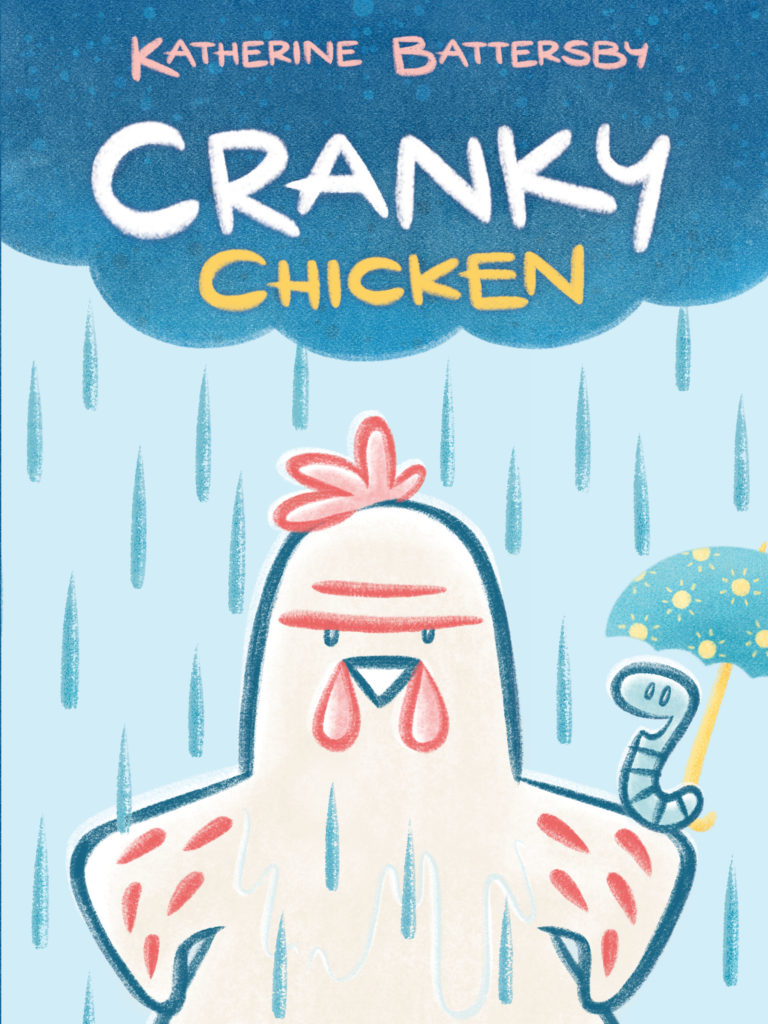
For those curious about what goes into making a graphic novel, how would you describe the process?
For me, the thinking part of storytelling always takes the longest. An idea stays in my head anywhere from six months to several years before I commit anything to paper. This is because it takes that long for an idea to become rich enough to be worth working with – I need to consider it from every angle, watch the characters move and talk and react to each other, consider all the different possibilities and start building the world of the story. Then, eventually, I start making notes and doing some character sketches. Typically I work with the words first, developing the script over time. I let the characters talk to me and flesh out the story bit by bit, letting in unroll in my mind and then on paper. After that I break up the manuscript into pages, figuring out where the page turns will be and how to pace the story across an entire book. Through all this I will also be developing the visual style for the book – playing with how the characters will look, the colour palette and building the visual world. Next comes storyboarding, where I do quick rough sketches of each page, working with the classic comic book panels and challenging myself to come up with fresh perspectives and to match the illustrations to the developing emotions of the narrative. I also have to rough out how the speech will look on the page, fitting it into all the speech bubbles (in CRANKY CHICKEN I use a font I created based on my handwriting). After this I rough out which colours I will use on each page, making sure there’s good variation across the book and that the colours match the mood of each spread. Then comes the final art – doing all the line work and colouring. And then I sleep.
What’s a question you haven’t been asked yet but wish you were asked (as well as the answer to that question)?
I LOVE this question. I haven’t had the chance to talk about gender representation in comic books yet, which is something I’m really passionate about. As a young reader I loved comic books and grew up surrounded by ones my parents collected on their travels – Asterix and Obelix, Tin Tin, Footrot Flats (a New Zealand comic) and The Far Side. But at some point in my teens I realised all the comic books I had access to were written and illustrated by men (and featured all male leads). Of course this has changed a lot over time, but it’s still quite a male dominated industry. This only made me want to make my own comic books even more. As soon as I stumbled across Chicken, I knew she’d be my perfect lead – she’s spectacularly cranky and somehow more loveable for it, plus she’s got this admirable confidence that comes from being pretty comfortable with who she. I wanted to put her front and centre in a book that joys in all her cantankerous ways (we so rarely celebrate female grumps in stories, which is another reason I fell in love with Chicken as a character). All that said, I never use gender to shape a character, but rather allow my characters just to be exactly who they are. Chicken identifies as female, Worm is more gender fluid (which is something I can relate to and is how worms actually present in nature) but both play with different gender norms throughout the book – play is something I enjoy a lot in gender expression. Interestingly, because the entire book is in first person speech there’s no pronouns and therefore few gender signifiers in the book, and I’ve found about 90% of reviews automatically assume both characters are male. It’s a shame that male is still our default – not that I blame individuals, this is a long entrenched societal norm. But I’d love to be a small part of the change!
What advice might you have to give to other aspiring creatives?
Well … try not to listen to too much advice! Or at least, figure out what works for you and only listen to that. There’s a lot of conflicting advice out there and it can often steer people wrong. I think the best thing you can do is read lots of great books, watch lots of great films, engage with all the art you’re drawn to, do all the things that bring you joy and then write and write and write (or draw and draw and draw). Play with the ideas that fascinate you, as opposed to the ones you think you should pursue. So there’s my advice, which I also advised you not to listen to, so do with it what you will.
Are there other projects you are working on and at liberty to discuss?
Yes – so much more crankiness! I have just finished proofing all the final illustrations for CRANKY CHICKEN 2 and last week I handed in the final manuscript for book 3 (phew!). While waiting for feedback from my editor I have a little time to work on a couple of picture book manuscripts I have knocking around my mind. One I’m currently storyboarding and the other one I’m still writing (it’s currently with my critique partners for feedback). I also have a newer idea for a middle grade graphic novel which I’m currently collecting ideas for and world building. I always have many stories on the go, all in various stages of development. My brain is very active and needs to be kept busy.
Finally, what books/comics would you recommend to the readers of Geeks OUT?
I could spend my life just reading graphic novels and comic books and have so many I’ve loved. Here are just a few that are on my desk currently…
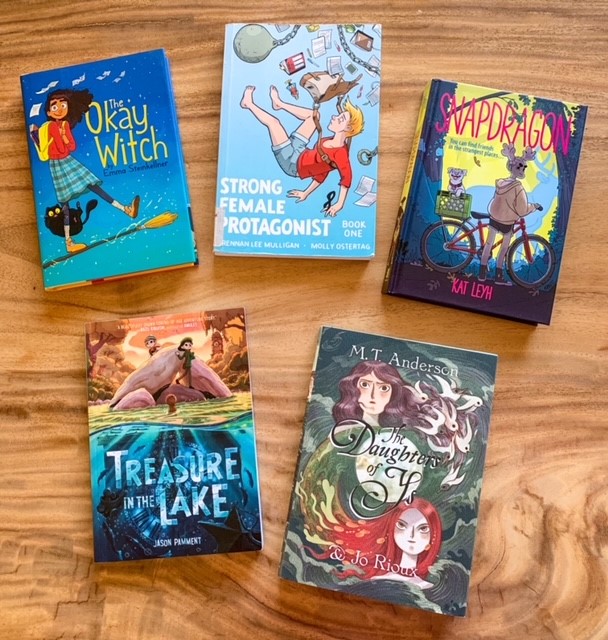

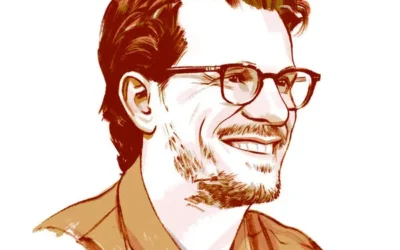
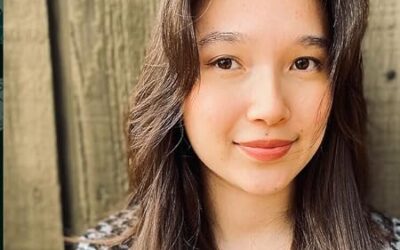
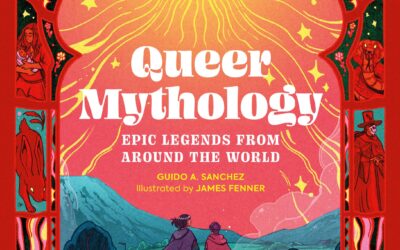
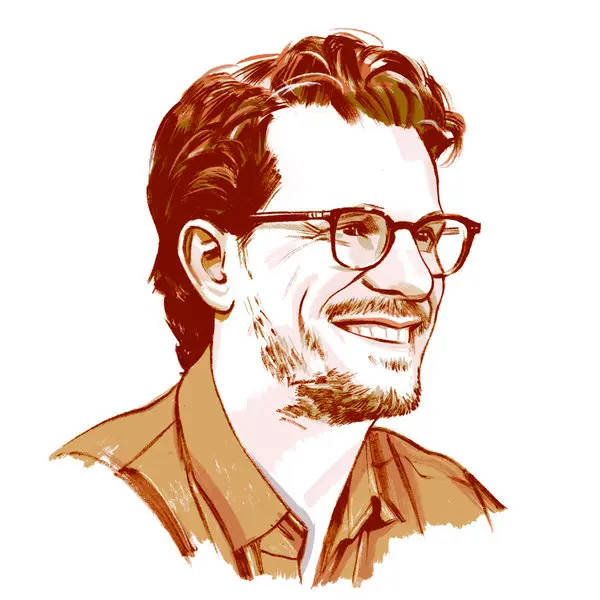
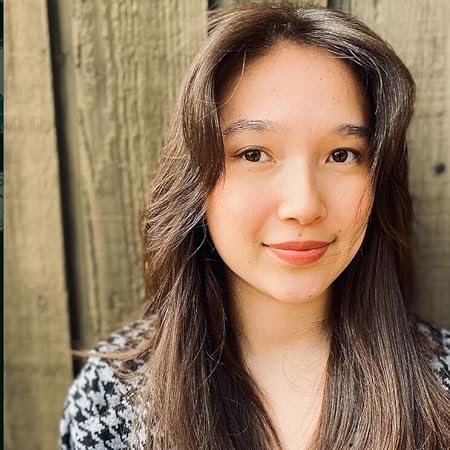
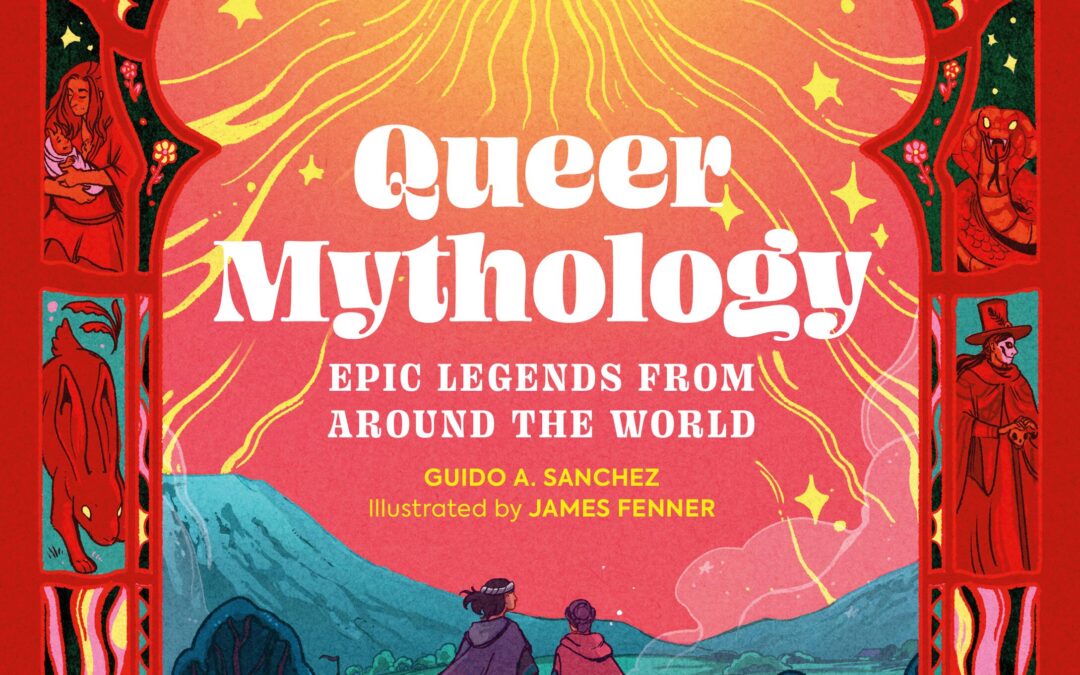
0 Comments